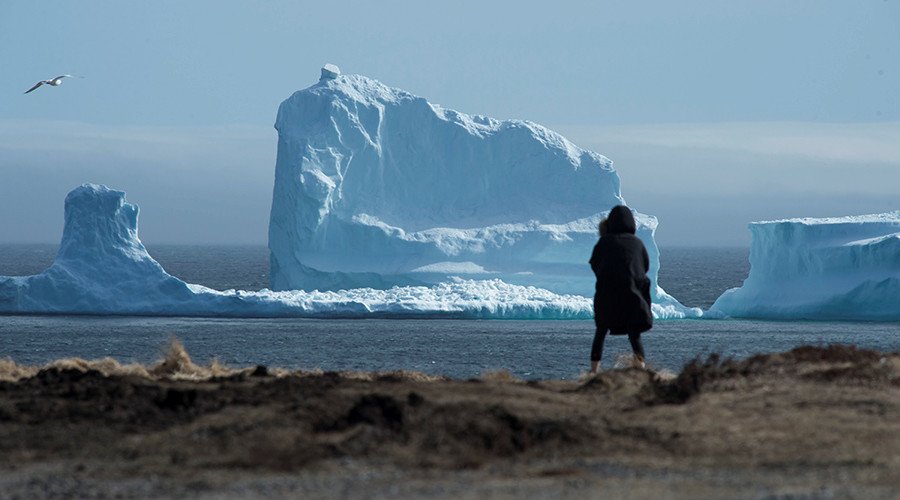Veados resgatados lago gelado Canadá
créditos: Mark Lee/Alamy
Em meados deste mês de Dezembro, um homem canadiano, Ryan Peterson, durante a pausa de almoço, viu uma família de três veados presos num lago gelado, em Ontario, Canadá.
Os veados estavam exaustos de lutar para se levantar. E se ali ficassem, poderia ser comidos pelos lobos.
Peterson não hesitou. Foi buscar os patins e conseguiu aproximar-se dos animais. Amarrou uma corda ao pescoço da mãe veado e puxou-a. Deixou-a na margem do lago.
Depois voltou para salvar os dois filhotes veado, amarrando-os pelo pescoço na mesma corda para ajudar salvar os dois ao mesmo tempo.
São e salvos,já na margem do lago, ajudou a família a subir para terra firme, empurrando-os com a haste de uma árvore.
Nem sempre há tragédias. Um final feliz, desta vez.
Lindo! O vídeo tornou-se viral. Uma história de Natal, verdadeira.
There are days in a Canadian winter – when the temperature drops well below freezing and the snow hasn’t yet fallen – that transform any body of freshwater into a glass-like sheet of ice.
But what can bring joy to an adventurous human can prove a nightmare for some wild animals.
Footage of an Ontario man rescuing a family of deer stranded on the ice has been shared thousands of times after the video was posted online.
Eager to take advantage of a cold snap, Ryan Peterson laced up his skates on a recent lunch break. Gliding across Lake of the Woods in northern Ontario, Peterson spotted a trio of white tail deer, hopelessly splayed on the ice. Read more here
Some true stories don't finish in tragedy.There are happy ones. This true story is beautiful. And the family of deer was rescued, happily.
It's Christmas holiday! So our blog will stop for holidays. We will be back in January 2020.
Heavy floods hit our country, Portugal, caused by the depressions Elsa e Fabien. Spain is hiten as well.
The pictures are devastating. Climate is changing. No doubt. In Australia there are big fires everywhere.
Think about local animals and ecological systems.
Boas Festas para todos os nossos leitores seguidores e visitantes! Protejam, os animais! E cuidem do Ambiente!
Happy Festive season for our readers, followers and visitors! Protect the animals! And take care of the environment!
Visit our Green blog too!
Geração 'explorer'
22. 12.2019



















